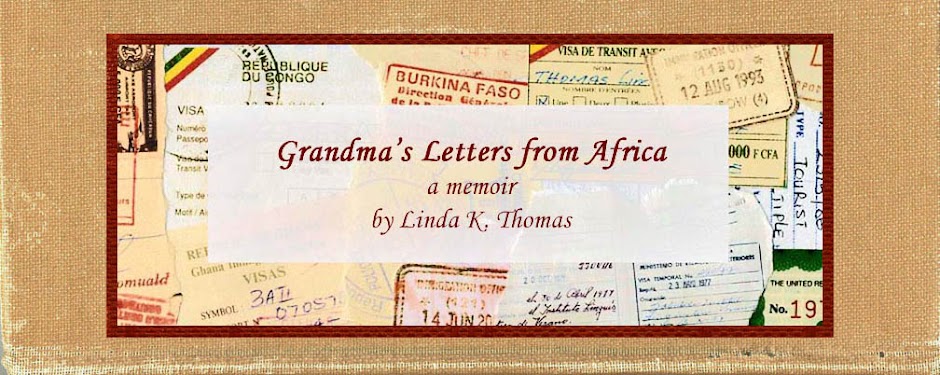Have
you ever wondered how you’d cook in the middle of nowhere for six weeks without
refrigeration? without a gas or electric cook stove? without a grocery store?
Let
me show you a picture of the “kitchen” during our six-week stay in Maasai-land
for our orientation course.
The footlockers and orange tent in the upper photo served as cupboards, and a couple of large folding tables provided work surfaces. (Can you spot me looking through one of the footlockers?)
Our stove? You see it there in the bottom picture where two staff members, Jacinta and James, stir up something tasty in a suferia. (Read more about Jacinta here.)
Speaking of suferias, our fellow orientee, Peggy, baked a cake one day.
How?
She filled one of those huge suferias about half full with sand and heated it over the fire. When it was just the right temperature, she placed her batter-filled cake pan on the hot sand, popped a cover on top of the suferia, and voilà, she had created an oven! Clever lady, that Peggy.
The footlockers and orange tent in the upper photo served as cupboards, and a couple of large folding tables provided work surfaces. (Can you spot me looking through one of the footlockers?)
Our stove? You see it there in the bottom picture where two staff members, Jacinta and James, stir up something tasty in a suferia. (Read more about Jacinta here.)
Speaking of suferias, our fellow orientee, Peggy, baked a cake one day.
How?
She filled one of those huge suferias about half full with sand and heated it over the fire. When it was just the right temperature, she placed her batter-filled cake pan on the hot sand, popped a cover on top of the suferia, and voilà, she had created an oven! Clever lady, that Peggy.







